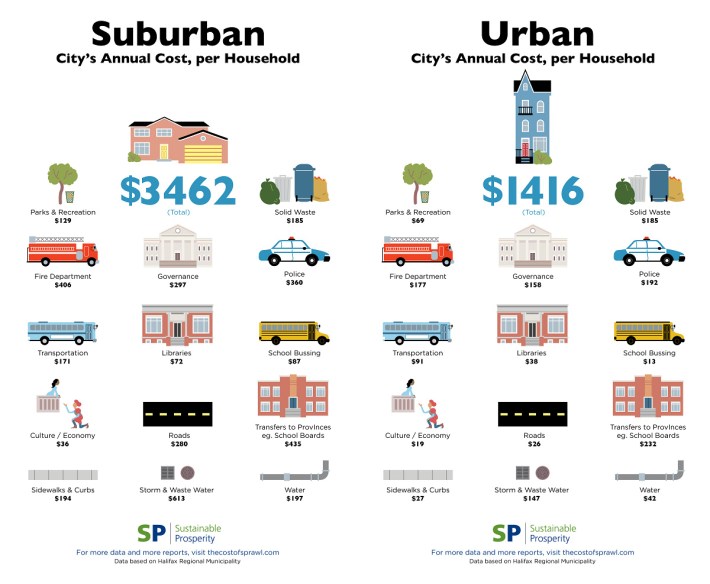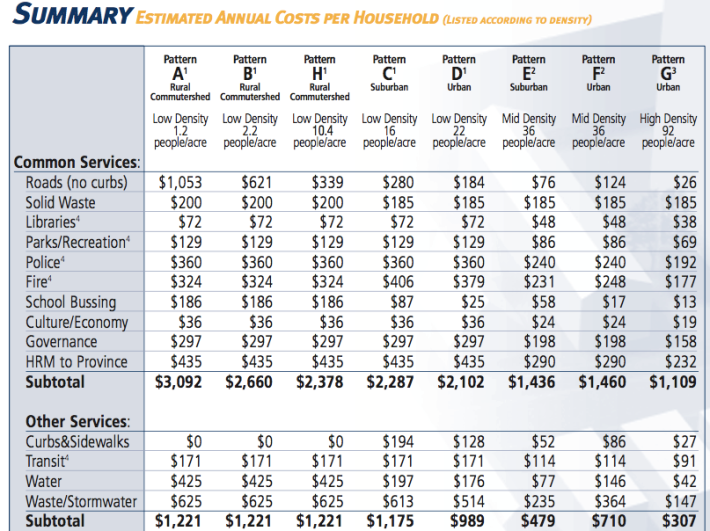Stay in touch
Sign up for our free newsletter
More from Streetsblog USA
Tuesday’s Headlines Are Driving Inflation
Driving — specifically, the cost of car ownership — is one of the main factors behind inflation, according to the Eno Center for Transportation.
SEE IT: How Much (Or How Little) Driving is Going on in America’s Top Metros
Check it out: The lowest-mileage region isn't the one you'd think.
Monday’s Headlines Bring Another Setback
The Biden administration's new rule requiring states to report their greenhouse gas emissions from transportation was dealt another blow when the Senate voted to repeal it.
‘The Bike Is the Cure’: Meet New Congressional Bike Caucus Chair Mike Thompson
Meet the incoming co-chair of the congressional bike caucus — and learn more about how he's getting other legislators riding.
Calif. High-Speed Rail Takes a Step Towards Acquiring Trains
The contract calls for two prototype trainsets for testing to be delivered by 2028, and four trainsets to be used on the "early operating segment" between Merced and Bakersfield, ready between 2030 and 2033.







